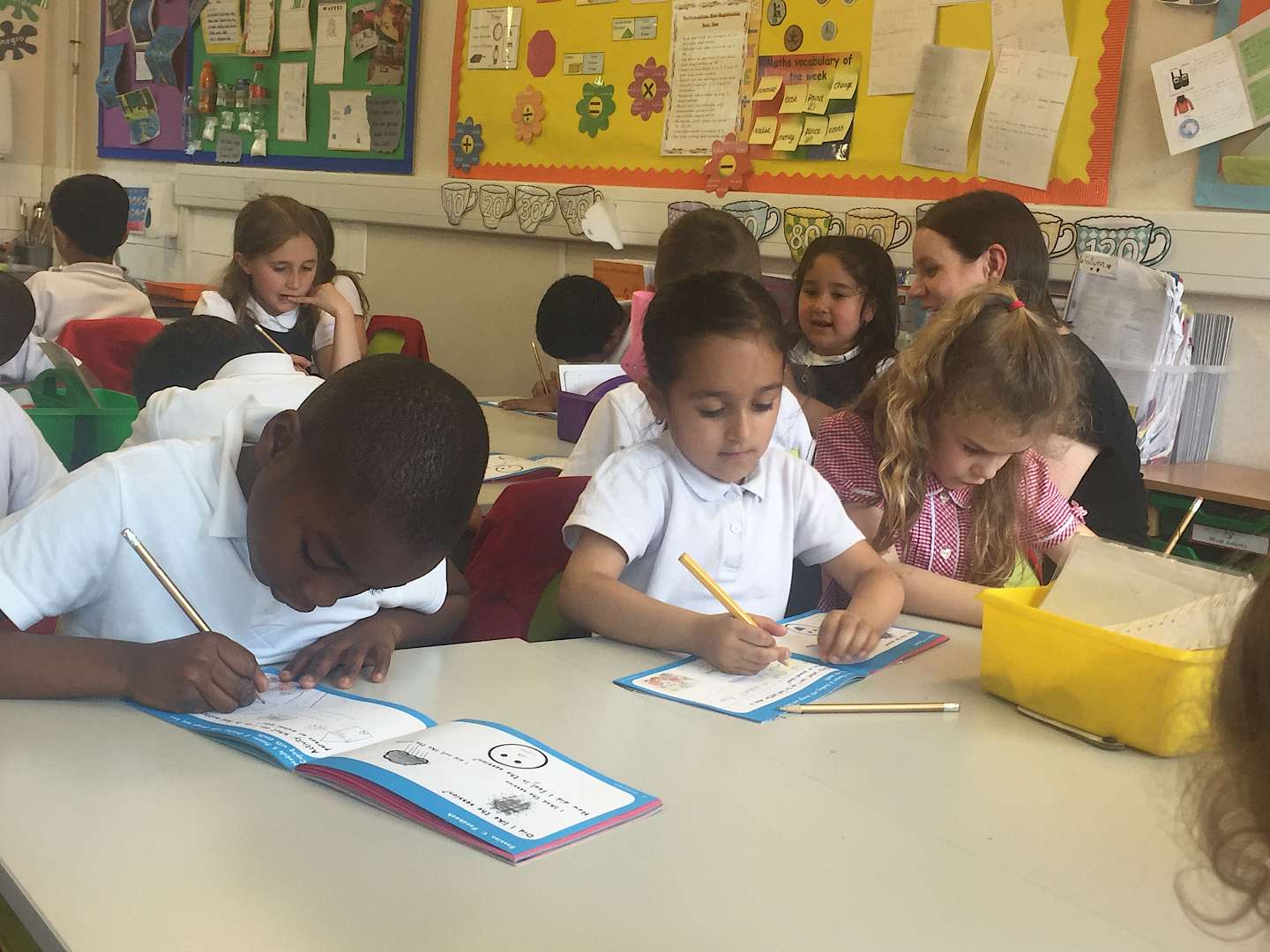How to use Pupil Premium to support the social and emotional learning of disadvantaged and vulnerable children

Every school is different, so there is no ‘one-size-fits-all’ approach to creating an effective pupil premium strategy and spending funding effectively. We know that the pandemic has had a great impact on disadvantaged pupils and this means that schools will need to look even more carefully at how to put pupil premium funding to its best use. This blog post looks at how you can best put the funding to use to support pupils’ social and emotional learning (SEL).
The Department for Education’s (DfE) guidance document “Using pupil premium: guidance for school leaders” encourages schools to use The Education Endowment Foundation’s (EEF) resource ‘The EEF Guide to the Pupil Premium’ to understand the specific elements of education that pupils are finding challenging and that leaders also develop an understanding of any non-academic challenges that pupils are facing, including wellbeing, mental health and safeguarding concerns. Any activity that schools fund using pupil premium must fall under an approach listed in the DfE’s menu of approaches including wider strategies such as ‘Supporting pupils’ social, emotional and behavioural needs’ (DfE, 2023).
If social and emotional learning is the area that your school identifies it wants to use Pupil Premium funding to address we would recommend reading the EEF Guidance Report ‘Improving Social and Emotional Learning in Primary Schools’ which reviews the best available research to offer school leaders six practical recommendations to support good SEL for all children. The guidance emphasises that supporting in this area is especially important for children from disadvantaged backgrounds and other vulnerable groups, who, on average, have weaker SEL skills at all ages than their better-off classmates.
There are three broad categories of SEL interventions identified by the Education Endowment Foundation (EEF) that schools could use. These are:
- Universal programmes which generally take place in the classroom
- More specialised programmes that are targeted at students with particular social or emotional needs
- School-level approaches to developing a positive school ethos, which also aim to support greater engagement in learning
The Skills for Life programmes can be used by schools as whole class programmes that take place in the classroom, they have also been used and shown to be effective in small group and 1:1 intervention work. We have also recently developed our new guidance document on how to implement the Skills for Life programmes as a whole school approach to wellbeing. Therefore, the Skills for Life programmes could be used in all three of the categories of interventions that have been identified by the EEF. Many of the schools that we already work with around the UK are using the programmes to support children from disadvantaged backgrounds and other vulnerable groups.
The results from the evaluation studies on our Zippy’s Friends, Apple’s Friends and Passport programmes have have shown:
- Increased coping skills
- Better social skills
- Increased emotional literacy
- Improved class climate
- Reduced bullying
Evaluation of the original SPARK Resilence programme found increases in resilience and self-efficacy, and a reduction in depression.
Case studies - Read about the impact our Skills for Life programmes have had on children and teachers
If you’d like to know more about using your Pupil Premium funding to access the Skills for Life programmes, please contact liz.bowles@partnershipforchildren.org.uk